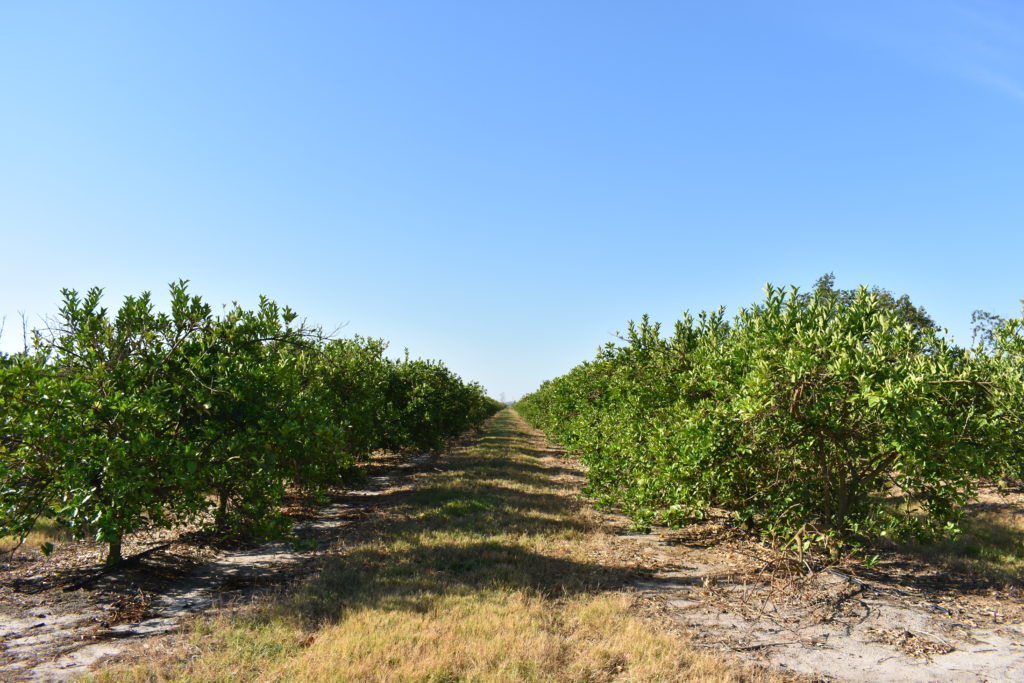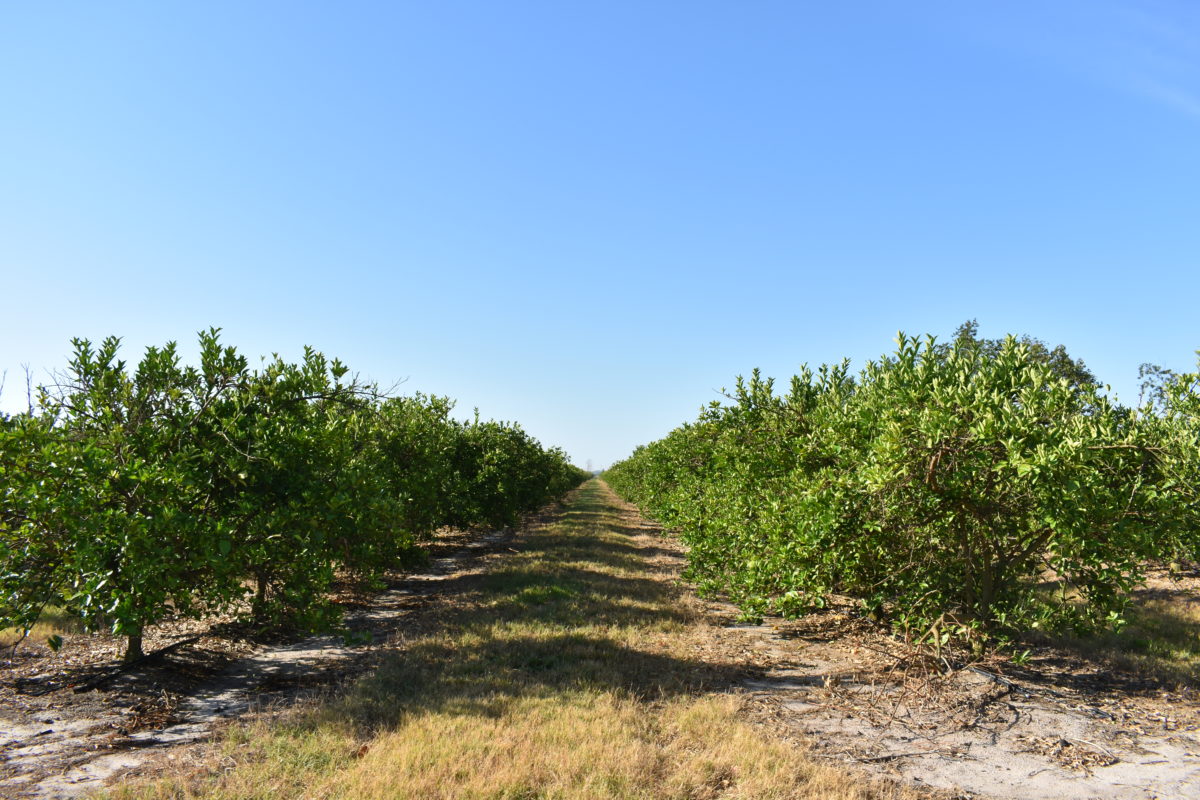By Clint Thompson
Drought-like conditions continue to plague the Southeast region. That has made establishing cover crops a challenge for specialty crop producers hoping to utilize the management strategy.

Extended periods of dry weather in the fall can impact cover crops being produced, according to Tim Coolong, associate professor in the University of Georgia College of Agricultural and Environmental Sciences.
“Cover crops, (the dry weather is) important, especially on the organic part of the research farm. We’ve gotten our summer crops out and trying to cover crop for winter, and it’s been exceedingly dry,” Coolong said. “Getting germination has been an issue. When you haven’t had rain in several weeks, unless you overhead irrigate them, germination can be a problem.
“I would say the vast majority of the time, we’re counting on Mother Nature (for water). Cover crops, you don’t want to spend a lot of inputs on them. We’re in a different position if we’re trying to do a research project. I put out some mustard crops out a few weeks ago, and I did overhead irrigate these. I needed to get them up for a research project.”
The lack of rainfall over the past two months has led to drought conditions worsening and expanding across areas of the Southeast, according to the U.S. Drought Monitor. The current dry conditions plaguing most of Alabama and Georgia and part of Florida is not uncommon this time of year.
“I would say that barring hurricanes coming through, which always changes things, in my recollection, it seems like the past couple of falls have been very dry,” Coolong said.










